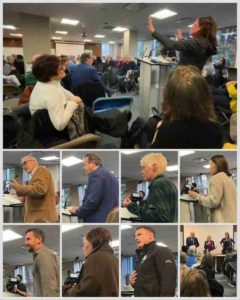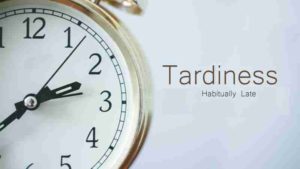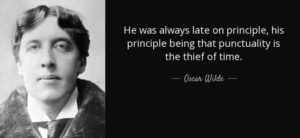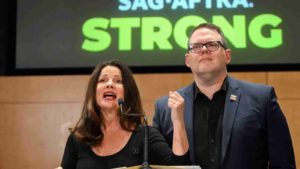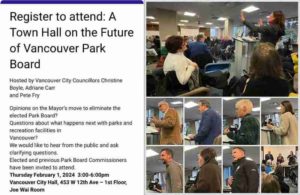
This past Thursday afternoon, Green Party of Vancouver City Councillors Pete Fry and Adriane Carr, and One City Vancouver Councillor Christine Boyle organized a spirited Town Hall — with more than 200 passionate, reasoned citizens in attendance, who oppose the elimination of an independent, elected Park Board — the event taking place in the Joe Wai Room, on the main floor of Vancouver City Hall.
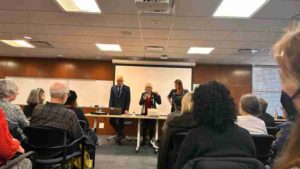
Vancouver City Councillors, l-r: the Green Party’s Pete Fry and Adriane Carr + OneCity Vancouver’s Christine Boyle
One of the most compelling speakers of the afternoon was Terri Clark, Vancouver Park Board’s Public Affairs Communications Manager from 1973 through 2008.
“In all my years at Park Board, our General Managers worked productively with Vancouver City Managers Fritz Bowers (1977-1990), Ken Dobell (1990-1998) and Judy Rogers (1999-2008). Ours was a relationship of mutual respect and co-operation.
Necessary funds were always provided by the City for the upkeep and maintenance of Vancouver’s parks, pools and community centres, in order to best serve the public interest.
Photo credit: Elvira Lount
First row, above: l-r, Park Board Commissioner Tom Digby | John Coupar, former Park Board Chair | Tricia Barker, Commissioner, last term | Laura Christensen, current independent Commissioner; Bottom row, l-r. Michael Wiebe, former Commissioner, former City Councillor | Sarah Blyth, former two term Commissioner | Brennan Bastyovanszky, current independent Park Board Chair.
Recent maintenance problems at the Aquatic Centre or Kits Pool would never have been allowed to happen in Mr. Bowers’, Dobell’s and Judy Rogers time as City Manager at Vancouver City Hall.
In September 2009, before Susan Mundick, Park Board’s General Manager (1998-2009), announced her “retirement“, City Manager Penny Ballem had stripped Ms. Mundick of all her duties, stating she would “help park board choose Ms. Mundick’s replacement”, a selection process City Hall had never previously been involved in.
If our pools and community centres are in disrepair today, as Mayor Sim has pointed out, such a circumstance arises from City Hall’s decision to cut Park Board out of any and all maintenance decisions, ceding those responsibilities to the City, which over the past dozen years has largely ignored the needs of what was once a world class parks and recreation system of which we were proud.”

Several past and current Park Board Commissioners addressed those who had gathered at City Hall last Thursday, including: Michael Wiebe, who spoke about the role of Park Board Commissioners in preserving the natural environment; past Park Board Chair, John Coupar, who addressed the role of Park Board in creating a livable city; both Sarah Blyth and Tricia Barker reminded those present that “Ken Sim and his ABC Council were not given a mandate to abolish the Vancouver Park Board”; while formerly ABC Vancouver but now independent Park Board Commissioners Brennan Bastyovanszky, Scott Jensen and Laura Christensen committed to continuing their work in the community to preserve the invaluable 135-year legacy of an independent, elected Vancouver Park Board that serves the interests of all British Columbians and “those who visit our beautiful city”.
“Never in Canadian history, has an elected body been dissolved without a mandate, a voice, an engagement and consultation — and this will not be the first,” Bastyovanszky said to applause. https://t.co/lpwMxEcVx8#vanpoli
— Mark Marissen (@marissenmark) February 3, 2024
Several speakers referenced an article in The Vancouver Sun, written by Canadian gardening legend Brian Minter, who writes …
“The Vancouver Park Board maintains 242 parks that comprises 11% cent of Vancouver land. In addition, Park Board maintains 22 kilometres of seawall at Stanley Park, and walkways along False Creek. Park Board’s mandate includes 10 ocean beaches and a freshwater lake beach. Not only are they responsible for the city’s recreation programmes, services and community centres and facilities, park infrastructure comes under their jurisdiction.
In a time of significant climate change with the huge challenges of heat and drought, and the drive to expand green spaces, a high priority must be placed on the viability of parks. The importance of green spaces, the many proven benefits to both our health and wellness are well-documented, as our needs continue to grow.
The Vancouver Park Board is one of our region’s most important public assets and needs dedicated people and citizen engagement to ensure the long-term viability of B.C.’s, and indeed, Canada’s, most spectacular green spaces, for generations to come.”
And then there’s the disposition of the 242 Vancouver’s parks, one hundred of which do not a have a protected park designation.
More significant now that the Mayor’s task force recommends selling, etc underutilized capital assets, maybe including parks.
Many of our parks are undesignated and therefore unprotected.
And our Council has been selling non-market housing properties for condo development. https://t.co/RKxIH2Z26a
— Robert Renger (@rrrobbberttt) January 19, 2024

Former ABC, now independent PB Commissioners, l-r: Laura Christensen, Brennan Bastyovanszky, Scott Jensen
Perhaps the most articulate and moving participant in Thursday afternoon’s Town Hall was Laura Christensen’s month-old daughter, who cried throughout most of the proceeding, voicing the despair clearly felt by her mother — to whom Mayor Ken Sim had committed his support, when he asked her to run as a Park Board Commissioner on his ABC Vancouver slate — and the despair and frustration of those who had gathered together in common cause to, as one speaker, said “fight ABC’s undemocratic initiative to abolish our cherished, independent Park Board.”
Great news! “Vancouver park board commissioner @ThomasDigby1 will present a motion next Monday asking that a legal team be hired to challenge Vancouver Mayor Ken Sim’s plan to kill the board.
On Monday, Digby said that he would ask for $20,000 to retain independent counsel” https://t.co/gOVZttHqOR
— Elvira Lount (@elviralount) January 30, 2024
